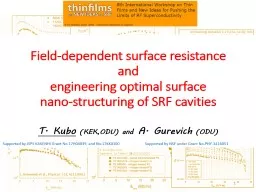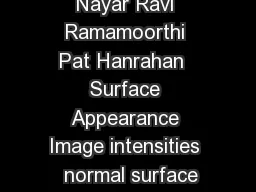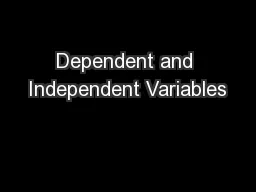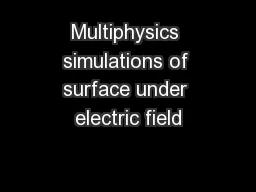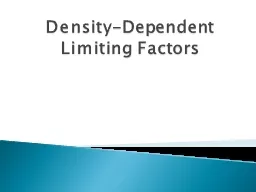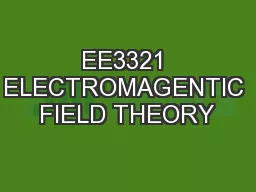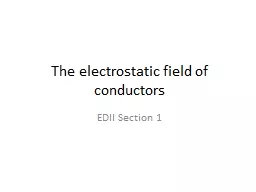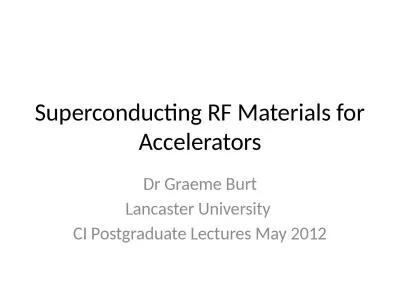PPT-Field-dependent surface resistance
Author : disclaimercanon | Published Date : 2020-06-30
and engineering optimal surface nano structuring of SRF cavities T Kubo KEKODU and A Gurevich ODU 1 Supported by NSF under Grant NoPHY1416051 Supported by JSPS
Presentation Embed Code
Download Presentation
Download Presentation The PPT/PDF document "Field-dependent surface resistance" is the property of its rightful owner. Permission is granted to download and print the materials on this website for personal, non-commercial use only, and to display it on your personal computer provided you do not modify the materials and that you retain all copyright notices contained in the materials. By downloading content from our website, you accept the terms of this agreement.
Field-dependent surface resistance: Transcript
Download Rules Of Document
"Field-dependent surface resistance"The content belongs to its owner. You may download and print it for personal use, without modification, and keep all copyright notices. By downloading, you agree to these terms.
Related Documents

